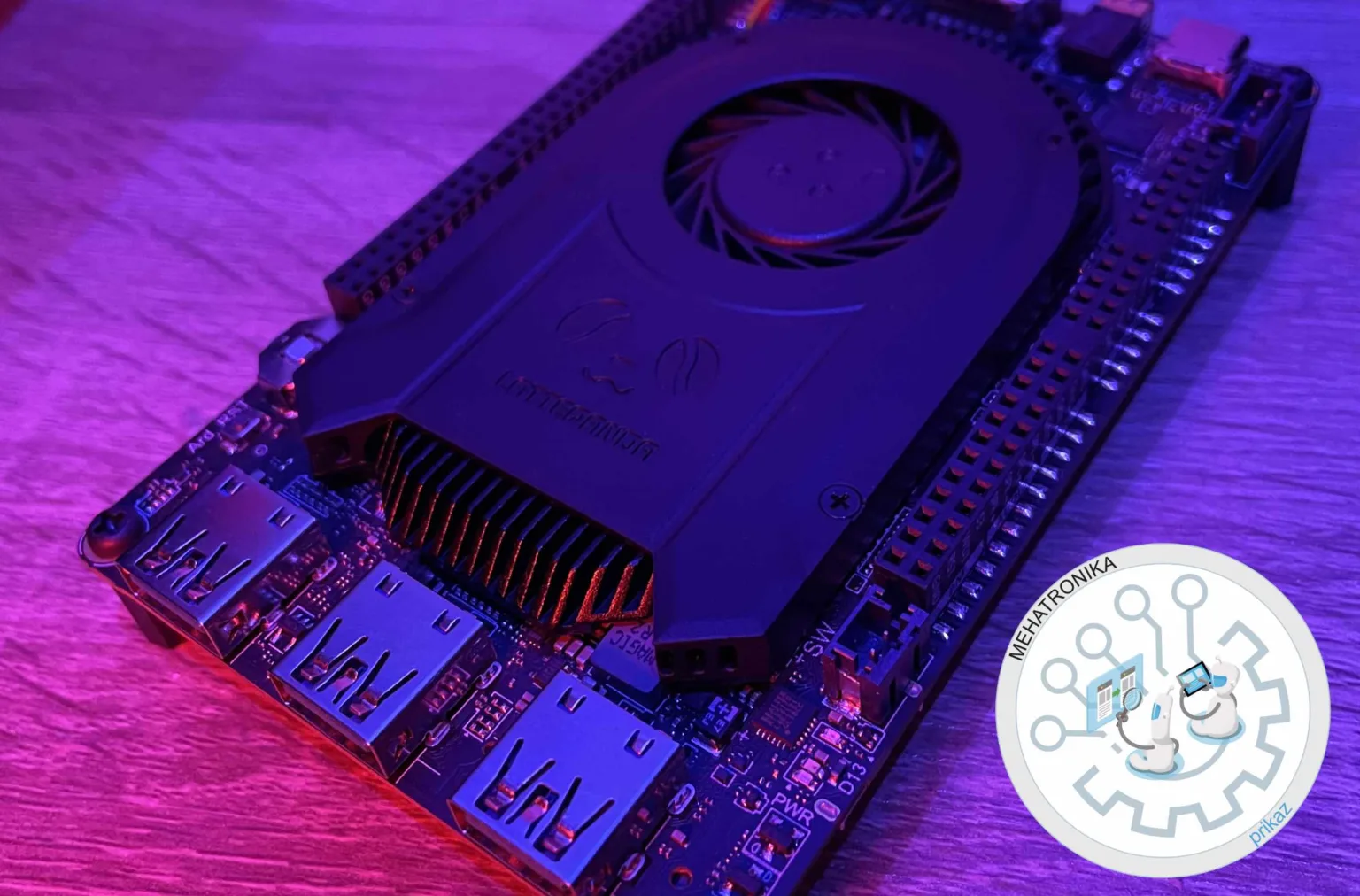LattePanda 3 Delta
The LattePanda 3 Delta is a gorgeously made Windows 11-capable x86 SBC with great performance and heaps of connectivity options. None of the competing ARM-based systems come quite close, and most of the x86-based systems don't offer nearly the same level of polish. The $279 asking price is also rather fair, especially with current inflated market prices in mind.
Pros
- One of the best performing SBCs
- Seriously impressive I/O options
- Reasonable asking price
- Windows 11 support
Cons
- WiFi and Bluetooth antennas not integrated
We love SBCs. They are perfect platforms to start tinkering with. Offering good specs, low/level hardware access and little-to-no long term consequences if things go awfully awry (it’s reasonably simple to format the main boot drive and start all over), it’s easy to see why they became staples of the maker community.
If you skim through our collection of SBC reviews, you’ll notice that most of them utilise ARM SoCs. While the debate between RISC and CISC systems is decades old at this point, and while both have their upsides and downsides, x86 systems still offer more flexibility in terms of software support, especially when it comes to more niche or custom in-house solutions.
This ubiquity of x86 CPUs is even more pronounced when you take a look at Microsoft Windows. Despite it being the most popular desktop OS in the world, its ARM support is years behind its main competitors. MacOS being proprietary leaves only one true choice in the SBC world: Linux.
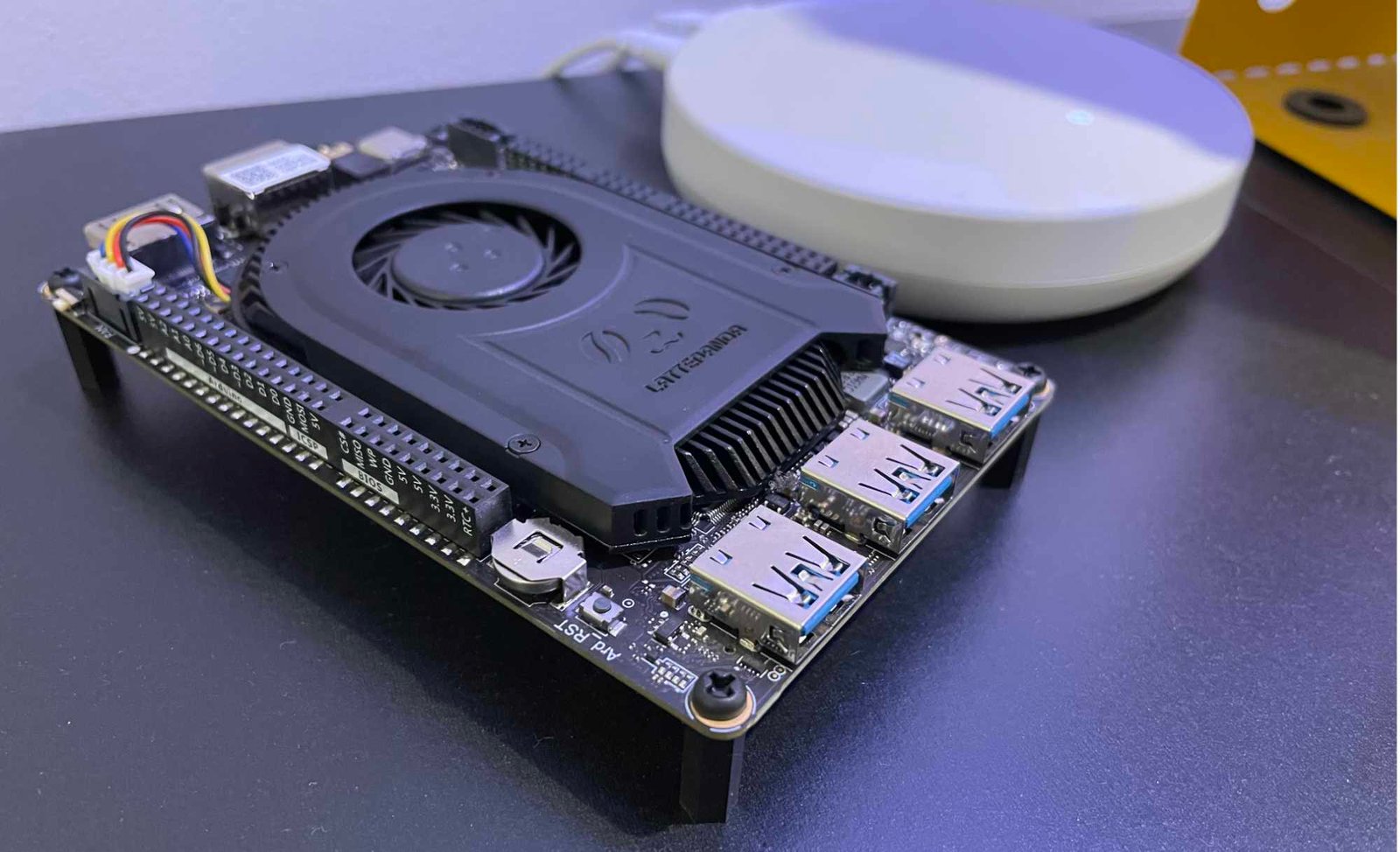
This isn’t all bad. Linux is the most versatile and open OS of the bunch, and it allows for extreme customisation. ARM Linux, however, still suffers from a lack of software. Raspberry Pi was the catalyst which exponentially increased the amount of apps written for ARM Linux distributions, but many other competitors, also running ARM cores, weren’t as lucky and still lack proper software support – something we’ve noted multiple times.
This is where x86 SBCs shine. The very choice of chipset allows them to tap into a decades-old pool of software without much effort. Their ability to run full mainline OS distributions allows them to rely less on the goodwill of their respective communities to cater software for niche platforms. Apps and programs just run.
x86 SBCs aren’t without their own flaws, however. Their chips generally sip way more power and heat up considerably more, requiring beefier cooling solutions (the same can be said for the Raspberry Pi 4B, though). They cost three to four times more, on average. Early models sporting low-end netbook processors were also often quite underwhelming. There are a few gems along the way, however, and we’re taking a look at one right now.
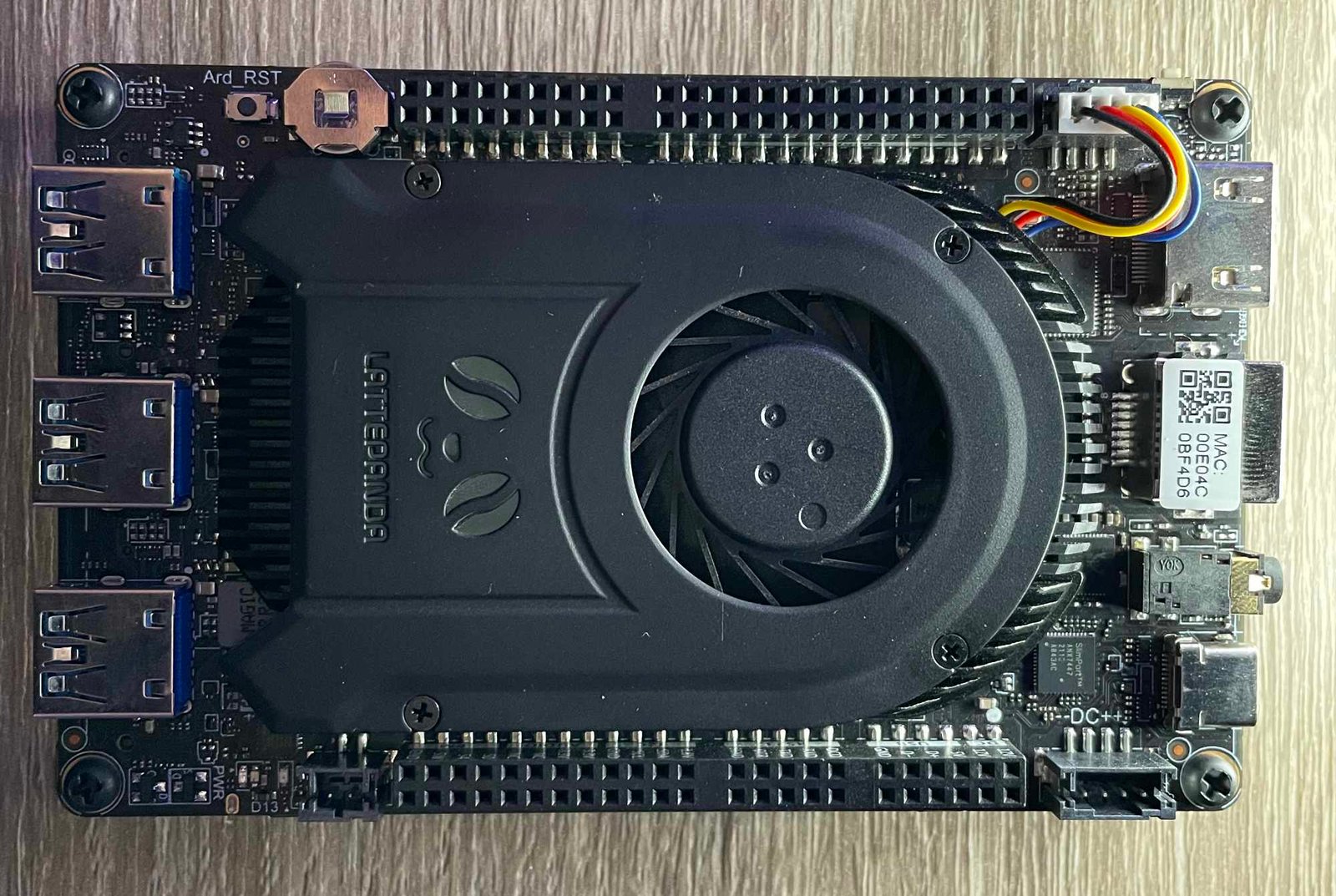
Retailing for $279, the LattePanda 3 Delta is priced competitively, especially in today’s market where component shortages often push Raspberry Pi prices north of $160. While Eben Upton of Raspberry Pi hopes for a Q2 normalisation of the supply chain, that’s still a few months to get through.
Before we continue, we’d like to thank DFRobot for sending us a review unit of the LattePanda 3 Delta for this review.
Specs
The LattePanda series of SBCs is a long-running product family which now spans three generations. It’s an iconic board which has long been at the very forefront of SBC tech. The first LattePanda board came with an Intel Atom Z8350, which got replaced by the Core m3-8100Y (that is, the Core m3-7y30 in the earlier revision units) and Celeron N4100 in the second generation, and finally by the Celeron N5105 in the third, current generation.
While long-term hardware aficionados might snicker upon hearing “Celeron”, Intel’s been steadily upping the ante on their entry-level offerings. Newer Jasper Lake and Alder Lake CPUs offer highly efficient cores with great single-core performance. That being said, the Celeron N5105 chipset isn’t the fastest out there, but it sports impressive specs for an SBC. It’s got four cores (four threads, no hyper-threading here) clocked at 2.0 GHz, capable of turbo-boosting to 2.9 GHz. The integrated Intel UHD Graphics feature 24 execution units. It’s an integrated graphics chip, so the performance isn’t earth shattering, but compared to low-end integrated GPUs used in cheap ARM SoCs, it’s a truly a breath of fresh air.
There’s 8 GB of 2933 MHz LPDDR4 RAM, running in single-channel mode. It’s a shame given the fact that multiple older LattePanda models sported dual-channel RAM. Small-factor systems with integrated GPUs benefit greatly from multiple RAM channels, simply due to double the memory bandwidth available.
There’s also 64 GB of built-in eMMC V5.1 storage for booting your OS of choice. We’ll dig a bit deeper into actual performance figures of all on-board hardware soon.
Aside from performance, what makes or breaks an SBC is I/O. Luckily, the LattePanda Delta is well-equipped. For general communication, there’s a Wi-Fi 6 radio on-board (to be used with external antennas which are provided in the box), Bluetooth 5.2 support and a gigabit Ethernet port.

On the USB side of things there are two USB 3.2 Gen 1 connectors and one USB 3.2 Gen 2 connector, all in the Type A format. There’s one USB 2.0 Type-C connector which is generally used for powering the board, but can also output 4K60 video signal (via DP1.4) when the alternative power supply methods are used. Finally, there’s an additional USB 2.0 port broken up into separate pins located among the extensive GPIO headers of the LattePanda.
An HDMI 2.0b connector is also present on-board, capable of 4K60 video, as well as an embedded DisplayPort ribbon connector designed for 1080p60 touchscreens.
We have to interrupt the review with a little intermission here, as we feel the need to clarify the exact USB specs on-board, given that the USB Implementers Forum, the regulatory body for defining the USB standard, did some incredibly confusing name-changing in the past few years, beginning in 2019.
To cut the story short, USB 3.2 Gen 1 ports are capable of 5 Gbps speeds, while USB 3.2 Gen 2 ports are capable of 10 Gbps speeds. This is enough information for the scope of this review alone, so if you are not interested in the absolute madness USB naming schemes have become, feel free to skip a few paragraphs down to where we pick up the review right where we left off.
Regular old USB 3.0 was introduced in 2008, and immediately offered 5 Gbps transfer rates. This was, at the time, usually marketed as SuperSpeed USB – as opposed to the Hi-Speed marketing name for the 480 Mbps USB 2.0 standard.
In 2013, USB 3.1 was standardised and offered 10 Gbps speeds, marketed as SuperSpeed+ USB 10 Gbps (great name, we know). Still, for some reason, this new 10 Gbps standard wasn’t just called USB 3.1, but instead USB 3.1 Gen 2. What’s USB 3.1 Gen 1, you ask? It’s simply a rebranded USB 3.0 port.
So, the year is 2013 and we changed the name of USB 3.0 to USB 3.1 Gen 1, and we’ve introduced a new, higher-speed USB 3.1 Gen 2 port. So far so good.
Now, the year is 2019 and we’re ready for more confusing rebranding. Enter USB 3.2 and its array of new standards. USB 3.2 introduced a new 20 Gbps transfer rate, also marketed as SuperSpeed+, whose standard is called USB 3.2 Gen 2×2 (since it uses two 10 Gbps lanes, at least this makes some sense), but also introduced a new dual-lane 10 Gbps (5 Gbps per lane) transfer standard called USB 3.2 Gen 1×2, yet again marketed as SuperSpeed+. Older USB 3.1 Gen 1 and USB 3.1 Gen 2 standards were renamed to USB 3.2 Gen 1 and USB 3.2 Gen 2.
USB 3.2 Gen 1 and USB 3.2 Gen 2 specified ports can use Type A, Type C or even microUSB ports, while dual-lane options exclusively use Type C connections.
The woes don’t end here, as 2019 also marked the release of the USB 4 standard which complicated naming schemes even more, introducing 20, 40 and 80 Gbps transfer speeds and six new specifications. It doesn’t help much that Thunderbolt, another high-speed protocol offering similar transfer speeds also uses the USB-C connector. Thunderbolt 3 offers the same speeds as USB-4, but some PCs have Thunderbolt 3 ports with lower transfer rates. Thunderbolt 4, a new revision of Thunderbolt, ups the required specifications needed for certification, even though all the technologies already existed as optional in Thunderbolt 3 equipped machines. All Macs with Thunderbolt 3 generally meet Thunderbolt 4 specifications. Thunderbolt 3 compatibility was set as a goal while designing USB 4, but the reverse isn’t the case, given Thunderbolt 3’s age, meaning that Thunderbolt 3 ports might not work with USB 4 devices (but then again, they also might, and in fact, tend to). Thunderbolt 4 includes USB 4 compatibility, meaning that all USB 4 devices should work.
Oh, and USB 2.0 can also utilise the USB-C connector.
The moral of the story? There are 13 standards currently using the same USB-C port (USB 2.0, four USB 3.2 standards, six USB 4 standards and two Thunderbolt standards) which should, for the most part be cross-compatible but can theoretically be incompatible, and that’s before throwing in DisplayPort, Power Delivery and other optional and often proprietary standards which can be shoved down USB-C ports. And let’s not even mention options like PCIe tunnelling.
As for the ports on the LattePanda Delta? It really all boils down to two 5 Gbps USB 3.0 ports, one 10 Gbps USB 3.1 Gen 2 port and one USB 2.0 port, packed together with DP1.4 and PD in a USB-C package.
Whew! Made it to the other side? Great! Let’s pick up where we left off – and continue by exploring the rest of the I/O options. There are two M.2 slots – one Key M slot with PCIe 3.0 2x support, and one Key B slot with PCIe 1x support. It’s lovely seeing two slots capable of carrying SSDs (albeit Key B slots only support SATA M.2 drives) instead of the regular Key M and Key E combo. Key E slots are really only used for Wireless modules, which isn’t really required on most SBCs, as most have on-board radios.
The Key E slot also supports USB 2.0 and USB 3.0 expansion boards, as well as cellular modules (yes, the Delta has a SIM card slot, an amazing feature). The Key M slot can also be used for connecting GPUs to the LattePanda 3 Delta, but the low number of PCIe lanes might severely limit performance.
The GPIO header is what truly defines the LattePanda 3 Delta. Despite using an Intel CPU, the LattePanda manages to pack in a fully-featured set of GPIO pins, complete with analog inputs and PWM-capable outputs. It achieves this by utilising an on-board ATmega32U4 microcontroller, connected via serial to the main processor core. The board breaks out 20 GPIO pins, three serial comm pins and several GND and 5V pins. There are multiple comms protocols situated among these pins, including I2C and RS232. Several pins have also been broken out from the main Intel CPU, allowing for direct communication with it, as well. There’re also the aforementioned USB 2.0 pins, as well as a multi-channel audio output (and a combination mic/headphone jack) and a 12 V DC input. Various headers for fans and external power switches are also present. Finally, there’s an on-board CMOS battery, a hallmark feature of x86-based SBCs.
Overall, the LattePanda 3 Delta features one of the richest connectivity sets on any SBC. Most impressively, even rarely seen industrial ports, like RS232, make an appearance. Compared to it, many SBCs noticeably lack connectivity options – albeit some, like the Pine64’s excellent ROCKPro64 come close and offer a variety of unique interfaces.
Hardware look and feel
Design isn’t a huge part of an SBC, but we have to mention just how gorgeous and sleek the LattePanda 3 Delta is. Shipping in a gorgeous, high-quality box and coming with all the required accessories, including a stylish power adapter and even Apple-style stickers, it’s clear that the Delta positions itself as a high-end product. Rightfully so! Even the design of the board itself is a step above your average SBC, with a custom-moulded fan casing (said fan is impressively quiet, by the way) and great board design. It’s really, really aesthetically pleasing!

Wireless antennas being external is probably the only clunky part of the design here. We wish these antennas were integrated into the PCB itself. It’s not too big of a deal, especially given the presence of an ethernet port.
Software support
In the introductory paragraphs, we already mentioned the excellent software support provided by this board. The LattePanda 3 Delta also supports Windows 11, able to boot it up without any hacks or tricks (unlike the previous generation LattePanda boards) thanks to TPM 2.0 and secure boot support properly implemented.
Of course, mainline Linux is fully supported but Android, naturally, isn’t. We feel that trading Android support for Windows support is a no-brainer, but your mileage may vary depending on your use cases for SBCs.
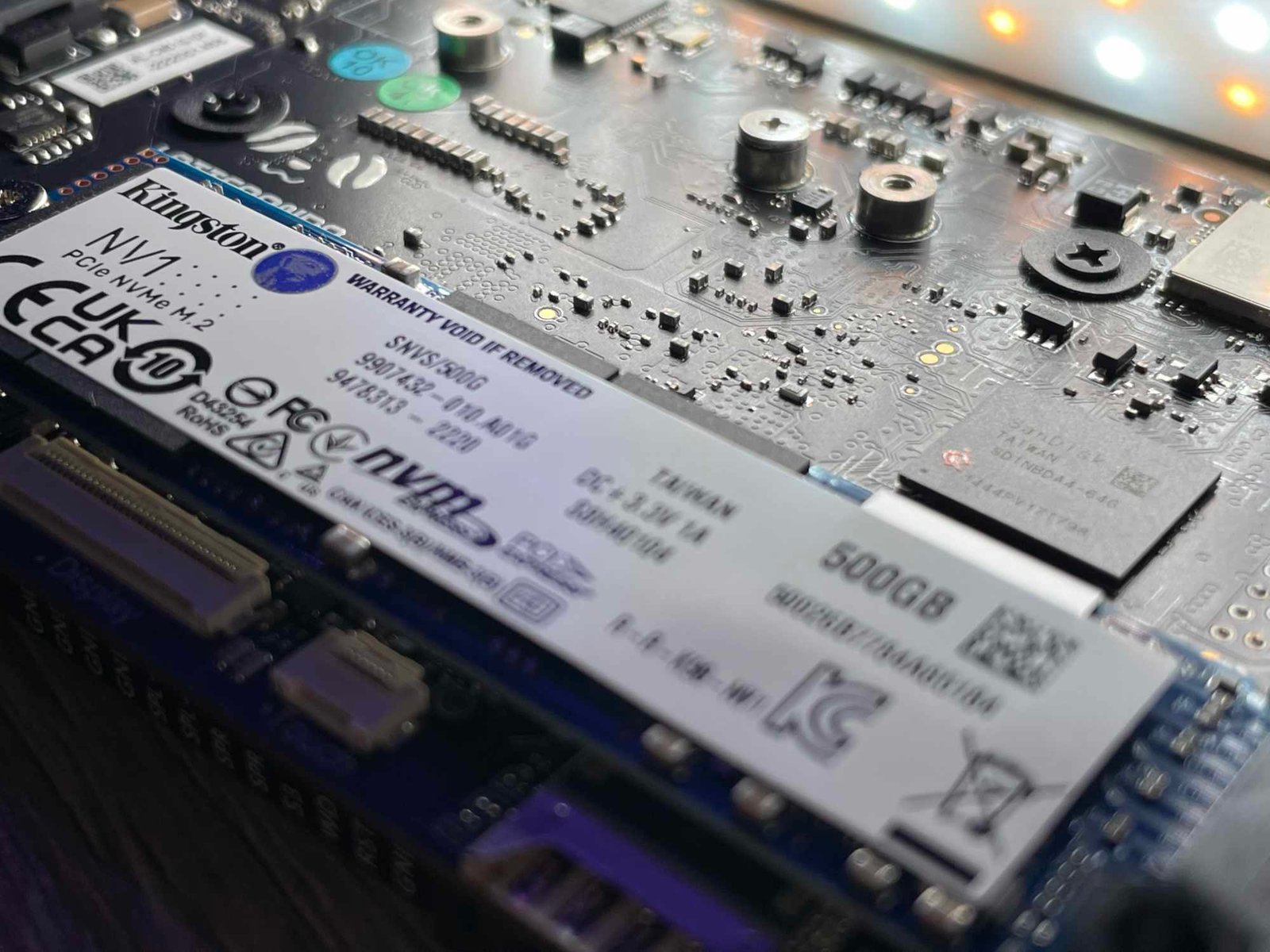
Whatever your use case is, however, it’s undeniable that this SBC feels and functions much more like a traditional desktop than a Raspberry Pi or Banana Pi computer. There’s a customised BIOS on-board, you’re likely to use Windows Boot Manager or GRUB to then boot your OS of choice. This also means that there are dual-booting capabilities here. Our review LattePanda got setup with Ubuntu Server 22.04.1 LTS installed on its on-board eMMC and Windows 11 on a 512 GB external NVMe drive.
Aside from being a full-fledged computer in its DNA, the LattePanda 3 Delta is also equipped with some interesting BIOS features. Namely, there’s a feature the team calls “Watchdog Timer” which functions similar to an MCU watchdog, keeping track of system crashes and power outages and rebooting the entire OS automatically as soon as possible to minimise downtime. The system also automatically boots up when power is connected (which we really like) to more closely emulate behaviour of competing systems, albeit this feature can be easily turned off (because we get that some people might not like it as much as we do).
Performance benchmarks
Before we get to synthetic benchmarks, we’d like to mention that they are most not perfect measures of real-world performance. Multiple factors, like the OS used, overall system stress, architecture and driver issues can cause huge variations in results. This is why we advise taking synthetic benchmark figures with a grain of salt and using them as general references and not definitive performance indicators.
The N5105 is no i7 or M1, but its performance trumps chips like the RK3399, BCM2711 or S905 in most benchmarks.
Starting with Geekbench 5, the N5105-based SBC scores 685/2051 in the single/multi-core test. This is over three times the general performance offered by the latest Raspberry Pi. Compared to the older Core m3-8100Y LattePanda Alpha 864s, the new LattePanda 3 Delta has somewhat lower single-core performance, but noticeably better multi-core performance. We believe this is due to the lack of multithreading on the N5105, warranting lower single-core scores, but the presence of only two physical cores on the m3-8100Y, explaining the disparity fully.
It’s important to note, however, that while Geekbench 5 results are reasonably comparable across platforms, the version for ARM Linux distributions is an early experimental release, which might or might not affect performance metrics.
We then ran several sysbench tests, starting with the standard CPU test. Using:
sysbench --num-threads=1 --test=cpu --cpu-max-prime=20000 --validate run
we ran the single-core version of the benchmark on both the Pi 4B and the LattePanda 3 Delta – and got surprisingly similar results: 583.14 and 680.26 operations per second, respectively.
Running the four-thread version of the same test by using:
sysbench --num-threads=4 --test=cpu --cpu-max-prime=20000 --validate run
resulted in yet another pair of similar values, 2305.72 for the Pi 4B and 2625.73 for the LattePanda.
Raspberry Pi 4B gained a lot of performance on this test when switching from the older 32-bit Raspbian distro to newer 64-bit Raspberry Pi OS. It’s easily explainable as ARM cores, like x86 ones, have hardware acceleration for floating point division, which this test is based on, but which can only be utilised in 64-bit OSes. 32-bit systems use a software library which greatly reduces performance.
To further determine performance differences, we turned to OpenSSL’s built-in benchmarking tools, which all use cryptographic tasks. Running the several cipher tests by executing:
openssl speed -evp <test>
we noted impressive performance by the LattePanda, beating all other SBCs we’ve tested so far – including the mighty Orange Pi 5 – in several categories.
A similar difference can be seen with larger file sizes too, with the Pi 4B managing only 5,530 16 kB file encryptions, while the LattePanda 3 Delta managed a much more impressive 148,613 in the same 3-second timeframe.
We continued by testing I/O speeds of both the built-in eMMC storage and the on-board RAM.
sysbench --test=memory run
returned 4627.40 MiB/sec for RAM speed, which translates to roughly 4852.18 MB/sec. This is a decent figure for LPDDR4 RAM.
While testing eMMC speeds:
sysbench --test=fileio --file-test-mode=seqrd run
returned a sequential write speed of 151.53 MiB/sec, while
sysbench --test=fileio --file-test-mode=seqwr run
returned a sequential read speed of 42.19 MiB/sec. These two numbers convert to 158.9 Mbps and 44.2 Mbps, respectively. Decent speeds for built-in storage! On the other hand, NVMe SSD speeds weren’t quite reaching their theoretical limits, benchmarking at s peak of 1618.68 Mbps sequential read and 1308.71 Mbps sequential write (and much lower with random reads and writes) using CrystalDiskMark on Windows 11. Still, most SBCs don’t even offer NVMe support, instead only supporting M.2 SATA drives which are slowly falling into obscurity elsewhere.
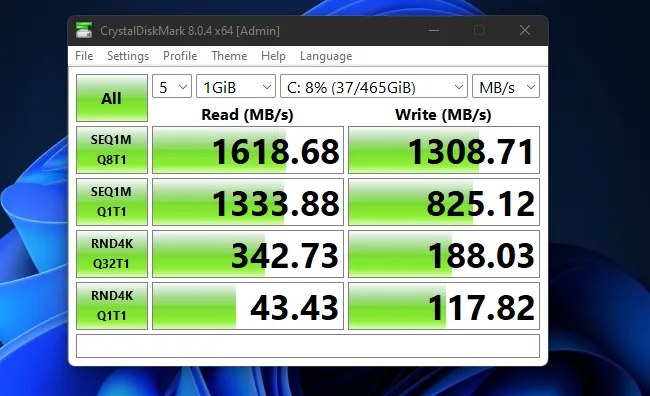
We also ran our legacy suite of tests. The LattePanda 3 Delta scores 31,855 points on the Octane 2.0 benchmark, 3107 points on the BMark GPU test and 555.48 points on the Basemark Web graphics test. This is an impressive set of figures. For reference, we’re happy to see any SBC push past 10’000 in Octane 2.0. Good BMark and Basemark GPU scores also point to Intel’s efficient and relatively powerful iGPUs in recent-gen CPUs. It’s a wonder how far we got from the good old early days of Intel HD Graphics.
Finally, in our tests, the network speed was great. We managed to get 939.22 Mbps throughput on the 1 Gbps-rated ethernet port, which is essentially as good as it gets with this class of connector.
User experience
This was a highly technical review, so we have to give ourselves a bit of space to talk about personal opinions about the newest member of the LattePanda family. Chiefly, we want to bring up how buttery smooth (by SBC standards, at least) everything runs. Demanding java server apps, photo editors, IDEs, web browsers – you name it – all worked perfectly! When hooked up to a large monitor, it’s easy to forget that you’re using an SBC. Seeing full desktop Windows on a screen is such a different experience than seeing Armbian or Raspberry Pi OS that it truly transforms the user experience. Having exposed GPIO pins, heaps of connectivity options (we’re quite sure it beats most modern desktops and laptops judging by the sheer number or ports on it) and decent hardware specs, it’s truly a hardware programmer’s dream machine. When was the last time you could directly interface a sensor or a motor with your computer?
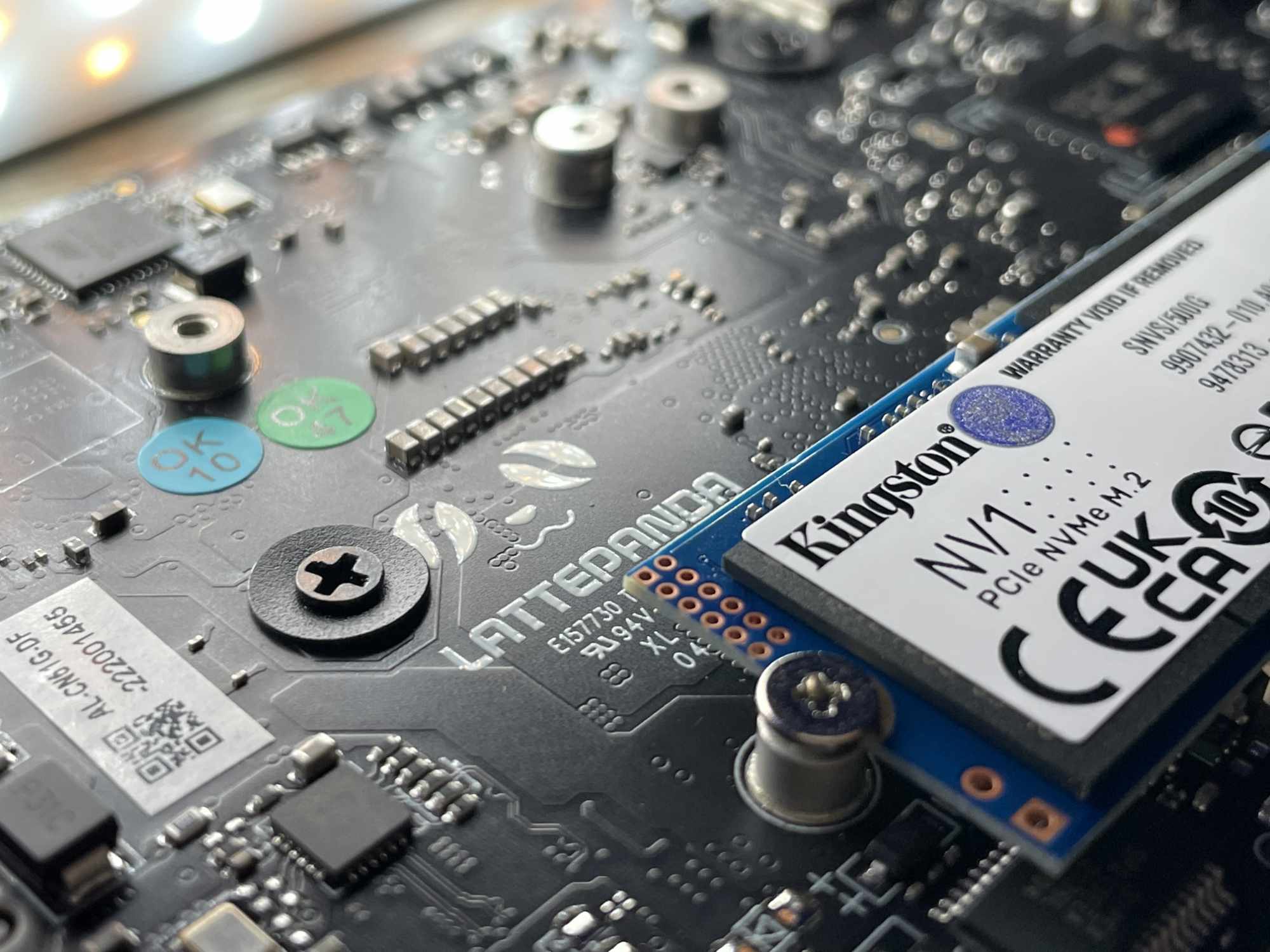
This versatility is what makes the LattePanda special. It could be your dedicated 3D-printing file station. It could be your dedicated NAS (although, maybe don’t use it for this – there are better options out there, and better uses for the LattePanda, as well), or your dedicated headless Docker server. It could be your super-powered hardware tinkering station or an edge IoT computer. The LattePanda 3 Delta, together with the LattePanda Alpha 864s are the only two single board computers we can wholeheartedly recommend as desktop replacements. If you’re not a power user, you’ll do just fine with it.
We do wish that RAM was expandable. It couldn’t have been that difficult to implement RAM in a removable fashion, or at least provide a single (optional) RAM slot. It would be nice to push the N5105 to its maximum 16 GB configuration. It’d greatly help with future-proofing the system for years to come.
LattePanda 3 Delta: Verdict
It should be clear by now that we love the newest LattePanda. At an affordable $279 ($339 with activated Windows 10 Pro), it’s almost a no-brainer. It manages to outperform the older, but more expensive $465 LattePanda Alpha 864s, which we already deemed a worthwhile investment. It’s new, it’s shiny – and dare we say it – the best desktop replacement yet in the SBC world, and one of the most powerful single-board computers currently on the market.


